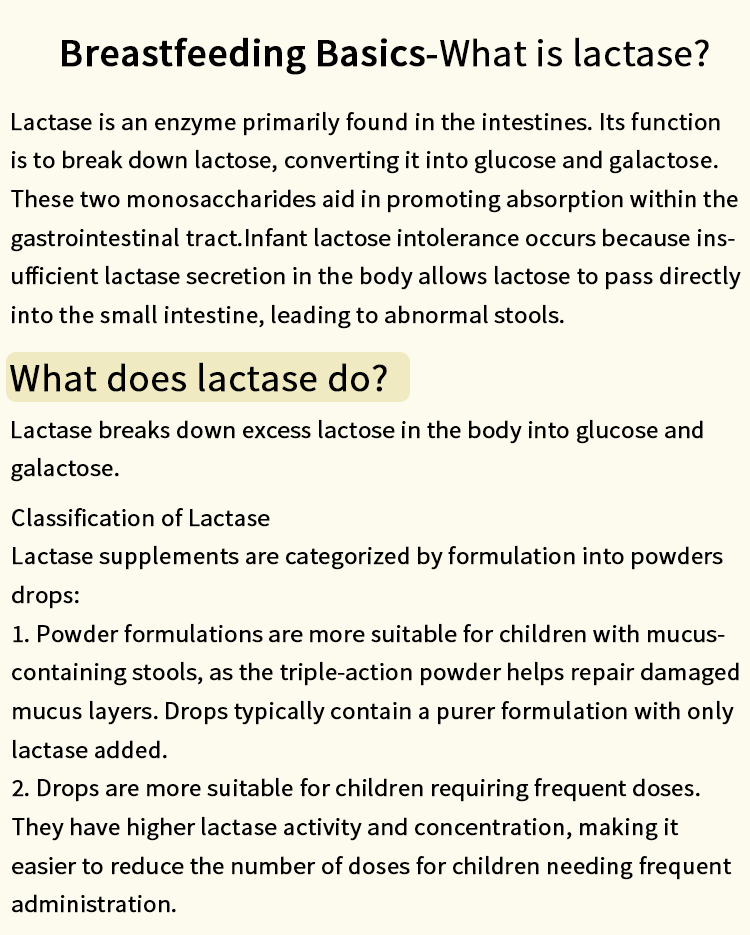When it comes to travel, two of the most popular modes of transportation are flying and cruising. Each offers unique experiences, but safety is often a primary concern for travelers. In this article, we will delve into the safety records, risk factors, and statistical analyses of both flying and cruising, providing a nuanced understanding of which mode of transport is safer.
The Safety Records: A Statistical Overview
To begin our analysis, it is essential to look at the safety statistics associated with both flying and cruising. According to the International Air Transport Association (IATA), the global accident rate for commercial aviation has reached an all-time low, with only one accident for every 5.58 million flights in 2022. This remarkable statistic underscores the rigorous safety protocols and technological advancements in the aviation industry.
Conversely, the cruise industry has also made significant strides in safety. The Cruise Lines International Association (CLIA) reports that the likelihood of a serious incident on a cruise ship is exceedingly low, with the U.S. Coast Guard noting that the overall rate of maritime accidents has decreased over the years. However, the nature of cruising introduces different types of risks, such as health-related issues and onboard accidents.
Risk Factors: A Comparative Analysis
- Environmental Factors
Flying is subject to various environmental conditions, including weather phenomena like thunderstorms, turbulence, and icing. However, modern aircraft are designed to withstand these challenges, and pilots are trained to navigate adverse conditions effectively. In contrast, cruising can be affected by rough seas, which may lead to onboard injuries or accidents. While ships are equipped to handle rough waters, passengers are often more vulnerable to falls and other mishaps during turbulent conditions.
- Health Risks
Health risks are another critical factor to consider. The COVID-19 pandemic highlighted the potential health hazards associated with both travel modes. Air travel, with its confined spaces and recirculated air, raised concerns about virus transmission. However, airlines have implemented stringent health protocols, including enhanced cleaning procedures and air filtration systems, to mitigate these risks.
Cruising, on the other hand, presents unique health challenges, particularly in terms of outbreaks of gastrointestinal illnesses. The close quarters and shared dining facilities can facilitate the spread of infections. Nonetheless, cruise lines have adopted comprehensive health and safety measures, including vaccination requirements and enhanced sanitation protocols, to protect passengers.
- Emergency Preparedness
In terms of emergency preparedness, both airlines and cruise lines have robust protocols in place. Airlines conduct regular safety drills and training for their crew, ensuring they are well-equipped to handle emergencies. In the event of an emergency landing, the chances of survival are statistically high due to the effectiveness of evacuation procedures.
Cruise ships are also required to conduct regular safety drills and have contingency plans for various emergencies, including man overboard situations and medical emergencies. However, the sheer size of cruise ships can complicate evacuation procedures, particularly in adverse weather conditions.
Passenger Behavior and Perception
Passenger behavior and perception also play a significant role in the safety of both flying and cruising. Fear of flying is a common phenomenon, often exacerbated by media coverage of aviation accidents. This fear can lead to heightened anxiety during flights, which may affect a passenger's overall experience.
Conversely, cruising is often perceived as a more relaxed and enjoyable mode of travel. However, passengers may underestimate the potential risks associated with onboard activities and excursions. Awareness and education about safety protocols can significantly enhance the overall safety experience for cruise passengers.
Conclusion: Making an Informed Choice
In conclusion, both flying and cruising have their unique safety considerations. Statistically, flying remains one of the safest modes of transportation, with a lower accident rate compared to cruising. However, the cruise industry has made significant advancements in safety protocols and health measures, making it a viable option for many travelers.






+ There are no comments
Add yours